Advances in heads-up display and intraoperative OCT
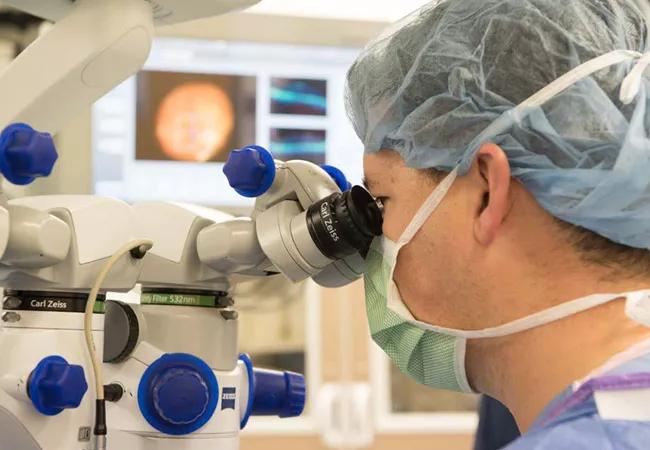
By Justis P. Ehlers, MD, and Sunil K. Srivastava, MD
Cleveland Clinic is a non-profit academic medical center. Advertising on our site helps support our mission. We do not endorse non-Cleveland Clinic products or services. Policy
Since its introduction in 1991, optical coherence tomography (OCT) has transformed how we diagnose and manage several retinal diseases. In 2011, Cole Eye began incorporating this technology into the operating room.
Our PIONEER study showed thatoptical coherence tomography (iOCT) informed decision-making in a large percentage of membrane-peeling cases and was found to be feasible. PIONEER utilized a novel microscope-mounted approach to iOCT, but the OCT system remained external to the microscope. Without microscope integration, we faced challenges for aiming and reproducibility; in addition, true real-time iOCT was not possible.
In the following years, significant advances in microscope integration, OCT-compatible instrumentation and iOCT software platforms have been realized. Multiple research systems, including a platform developed at Cole Eye Institute as well as commercial prototype systems, were emerging. In 2014, we initiated the DISCOVER study to evaluate microscope-integrated iOCT in ophthalmic surgery with the assessment of three different prototype systems.
To date, over 700 patients have enrolled in the DISCOVER study. Imaging feasibility has been demonstrated in 99 percent of cases. The DISCOVER findings suggest that iOCT may have a significant impact on surgical decision-making and add valuable information to the surgical theater for the vitreoretinal surgeon. The impact of iOCT is being demonstrated in numerous studies throughout the world, and now commercial systems are available for use during ophthalmic surgery.
We believe that we are just beginning to realize the transformative potential of iOCT, and we are particularly excited by ongoing work in our iOCT research lab. In addition to microscope integration, key areas of emerging technology and research include novel instrumentation and software. Through joint work with academic and industry partners, we have made tremendous headway on OCT-compatible surgical instruments, including microforceps and surgical pics. These instruments will further enable real-time iOCT by maximizing visualization of tissue-instrument interaction, while minimizing the shadowing and obscuration that frequently occurs with metallic instruments.
Other areas of interest include advances in instrument and tissue tracking. Our research has demonstrated the feasibility of real-time instrument tracking, utilizing high-speed stereoscopic cameras that interface and coordinate with the OCT system. Real-time tracking of both instruments and areas of interest may open the door to new areas of vitreoretinal surgery that require enhanced precision, such as vascular cannulation or targeted delivery of therapeutics.
Software platforms, user interface and analysis capabilities are critical components to any diagnostic/therapeutic modality. OCT analysis strategies targeted toward many of the unique anatomic changes encountered during surgery are currently being developed in our lab. These include pathology-based volumetric segmentation of features (e.g., full-thickness macular holes), ellipsoid zone mapping, and en face pathology visualization to enable dissection plane identification. These software platforms have the potential to create a new “smart” surgery interface that provides unparalleled, individualized care and patient-oriented surgical decision-making.

Finally, new horizons hold promise for the future for the canvas of surgical visualization. Viewing the surgical landscape is undergoing a significant revolution. The digital advancements of recent years are now creating new opportunities for enhanced surgical information. Heads-up display (HUD) technology has enhanced numerous industries, including airline and automobile cockpit technology. In surgical ophthalmology, heads-up visualization is being utilized to insert real-time information into the microscope ocular. This data now provides surgical overlays for anatomic orientation, surgical machine settings and infusion of live diagnostics (e.g., iOCT). The HUD approach is still in the early stages of development. Research is ongoing for optimal data presentation to facilitate surgical enhancement and surgeon feedback.

An additional approach for digital technology is 3D visualization on a large-scale, high-definition monitor. Moving away from the conventional microscope provides interesting opportunities for creating a custom palate for a new surgical visualization system. A digital palate enables novel approaches to illumination, color processing and infusion of diagnostic technologies. The various roles of 3D external visualization and digitally-enhanced microscopes remain an area of active research and significant interest.
We are entering an era of tremendous progress and promise in vitreoretinal surgery and enhanced surgical visualization. Research continues on the overall impact of image-guided surgery and intraoperative OCT in long-term surgical outcomes. These clinical trials and translational research in surgical visualization will help define our approach to vitreoretinal surgery in the years to come.
Dr. Ehlers is staff, co-director of iOCT research and The Norman C. and Donna L. Harbert Endowed Chair for Ophthalmic Research, Vitreoretinal Service at Cole Eye Institute
Dr. Srivastava is staff and co-director of iOCT research at Cole Eye Institute.
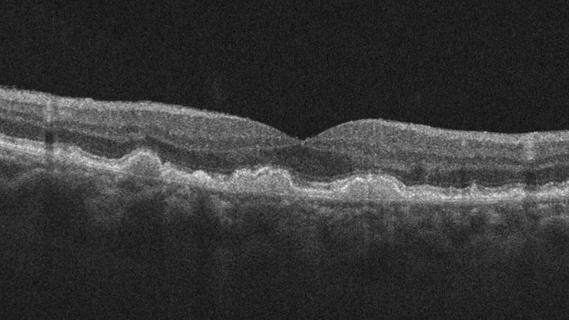
Early data shows risk is 73% higher in patients with lupus, 40% higher in patients with rheumatoid arthritis
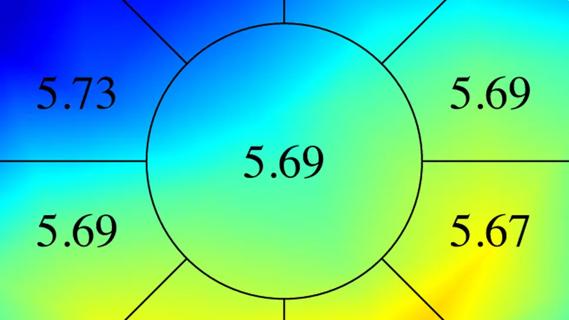
Identifies weak spots in the cornea before shape change occurs

Researchers to study retinal regeneration in zebrafish with new grant from National Eye Institute
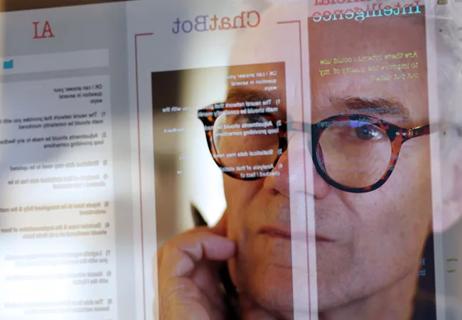
30% of references generated by ChatGPT don’t exist, according to one study
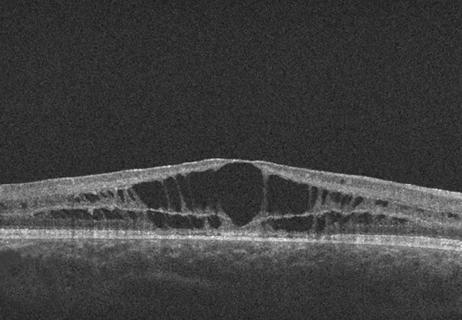
Study followed patients an average of eight years
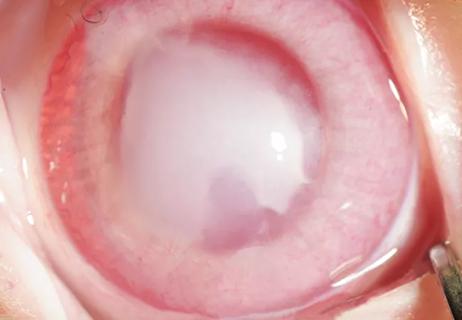
Studies indicate dramatic results when used topically with or without corticosteroids
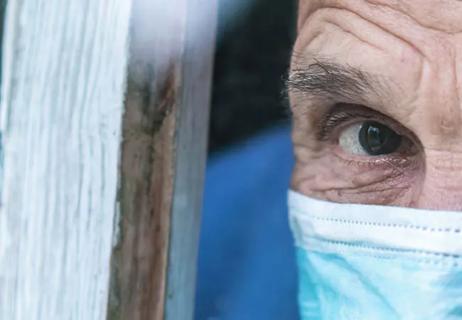
53% of participants didn’t need anti-VEGF for six months or longer
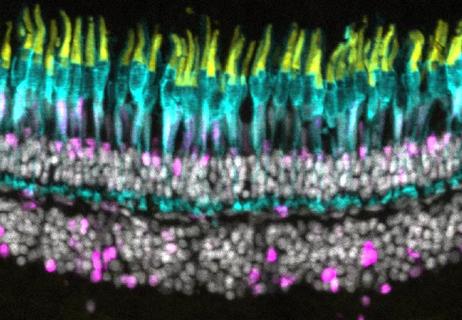
Notch pathway inhibition preserves retinal neurons and promotes regrowth in zebrafish